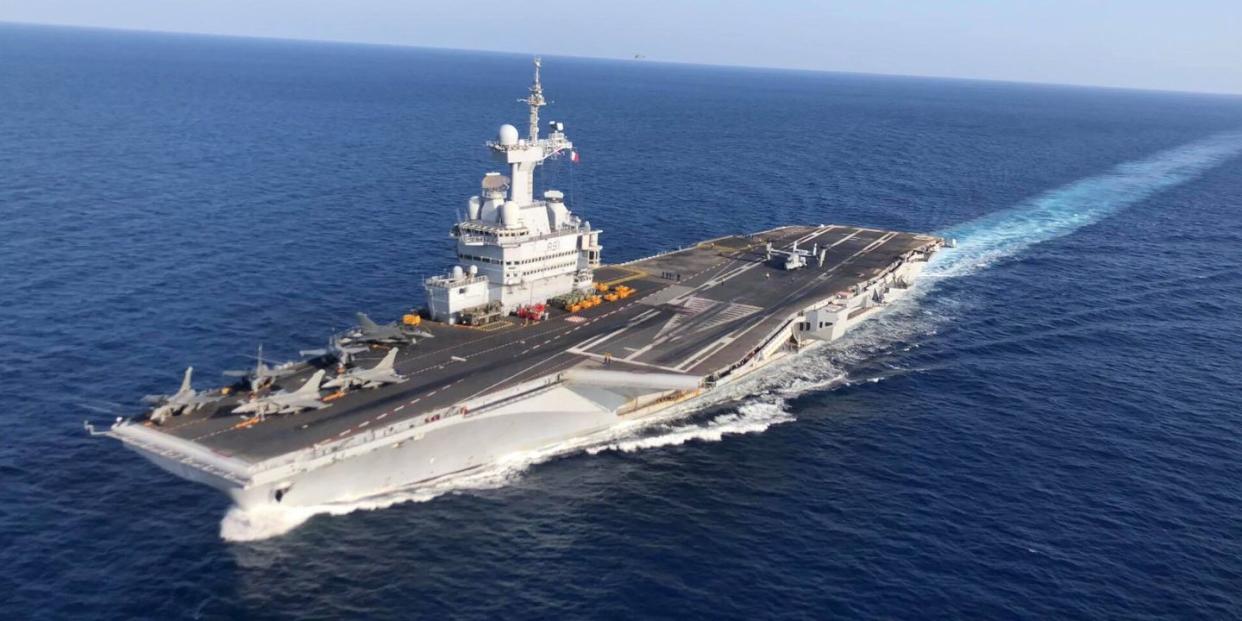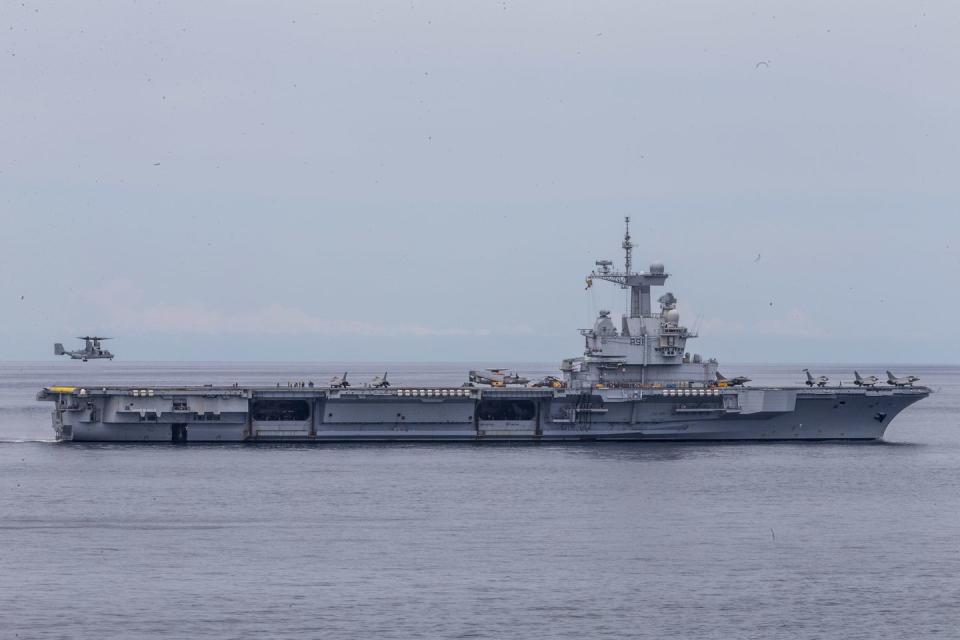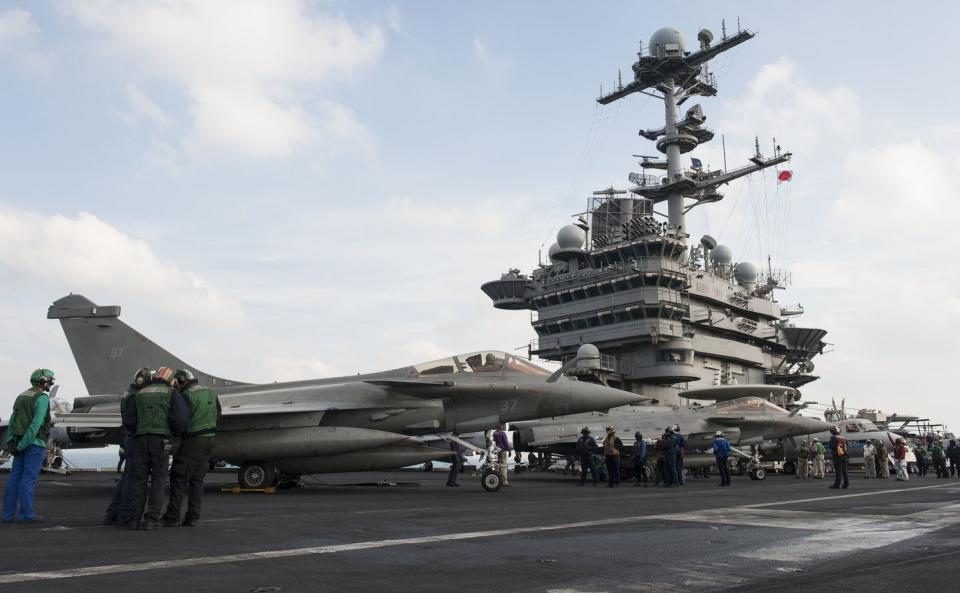France's Next-Gen Aircraft Carrier Begins To Take Shape

France is preparing to begin development of a new aircraft carrier, tentatively known as PANG.
The new ship will be bigger than the existing Charles de Gaulle but carry fewer crew.
PANG will carry the France’s next generation combat jet and unmanned strike drones.
French President Emmanuel Macron is prepared to authorize development of his country’s next-gen aircraft carrier. The carrier, known as PANG, will replace Charles de Gaulle as well as serve as a platform for France’s future air combat aircraft.

In the late 1980s, France began construction on the first of what was planned to be two aircraft carriers, replacements for the then-serving carriers Foch and Clemenceau. This began a 14-year odyssey of development that was at times slowed due to lack of funds, faulty propellers, an inadequately long flight deck, and insufficient radiation shielding for the nuclear reactor. Although delivered to the fleet in 2000, the ship didn’t reach its full potential until a refit in 2007. In the meantime a second nuclear-powered carrier, known as PA2, was canceled due to lack of funds.
Charles de Gaulle is France’s only aircraft carrier. de Gaulle is nuclear powered, 856 feet long, and displaces 38,000 tons. The carrier is less than half the size of the U.S. Navy’s Nimitz and Ford-class carriers but can still carry up to 30-40 aircraft. The carrier’s primary striking power is provided by the Rafale-M multi-role fighter jet. A feature that places the de Gaulle ahead of Chinese and even British aircraft carriers is the ability to operate E-2C Hawkeye airborne early warning and control planes. The E-2C vastly increases the usefulness of de Gaulle’s fighters, detecting enemies and then vectoring Rafales to intercept them beyond surface radar range.
France wants the new carrier ready to take over by 2038, when CDG will be 40 years old. PANG will be a 70,000 ton ship, nearly twice as large as the older carrier by weight. According to Naval News it will also likely utilize nuclear propulsion. France has territories and interests around the world and a nuclear-powered ship could steam to a crisis without stopping to refuel. A nuclear reactor could also allow France to install laser weapons and other high-energy weapons onboard, either as part of the initial weapons package or down the road in a future upgrade.

One key technology aboard CDG is likely to be USA-made. France is reportedly very interested in the electromagnetic aircraft launching system (EMALS) in use on the aircraft carrier USS Ford. EMALS has had more than its share of problems but the French note the system seems to be working much better now. The carrier might have three EMALS systems to the Ford’s four, allowing it to launch up to three aircraft in a short period of time. As a top U.S. ally and close cooperator with the U.S. Navy on carrier aviation, France will likely get this system and whatever else it wants from the U.S.
Naval News believes PANG will typically embark about 32 NGF fighters—France’s next generation fighter jet—and 2-3 E-2D Hawkeyes. A joint Spanish-German-French project, New Generation Fighter (NGF) is set to replace the 1980s-era Rafale-M fighter on PANG. It will almost certainly be accompanied by carrier-based drones capable of reconnaissance, strike, or midair refueling missions.
Source: Naval News
You Might Also Like
